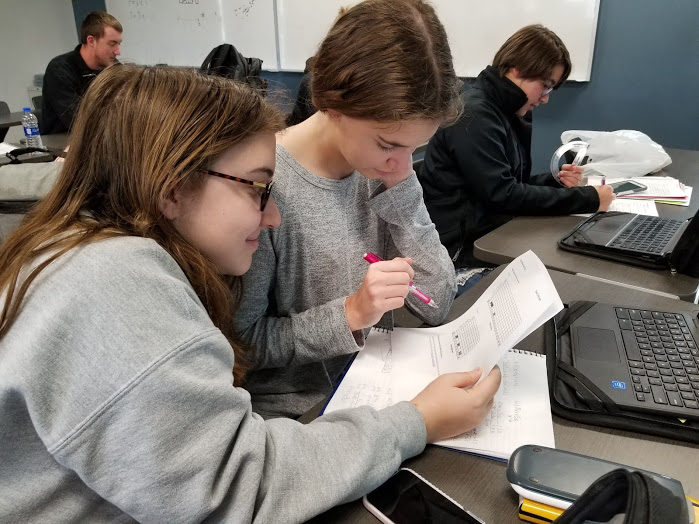Friday Flyer - September 20, 2019

Spotlight on World Wide Data Day
The new school year has started. We can start right away to excite students' interest in forefront physics and data analysis with World Wide Data Day (W2D2), which takes place this year on October 16, in about three-and-a-half weeks. W2D2 is designed to enable teachers to give their students a particle physics data analysis experience with authentic ATLAS or CMS data right at school. Students are given the tasks of calibrating the detector by checking the angular distribution of muons and validating—or tweaking—their model of the proton-proton collisions that produce them. The materials and support are there so that the students can ramp up and complete the analysis in about 90 minutes, leaving another 30 minutes for a videoconference. The videoconference must be on October 16, but the rest can be done just about anytime beforehand.
Interested in learning more? Want to sign up? Read the invitation e-mail and then go to quarknet.org > MASTERCLASSES > WORLD WIDE DATA DAY.


News from QuarkNet Central
This just in! The abstract submission deadline for the AAPT Winter Meeting in Orlando, January 18–21, has been extended until this coming Monday. If you were thinking of presenting, jump in! AAPT needs you!
Mentors and lead teachers, if you have not yet done so, please send in your attendance sheets and any other paperwork from your summer activities; also submit your annual report ASAP. If you have any questions, contact Ken or Shane.
Time to get out the calendar, as dates for several QuarkNet-related activities have been set for 2019–2020.
- As you know, World Wide Data Day is Wednesday, October 16, 2019.
- International Cosmic Day is Wednesday, November 6, 2019.
- International Masterclasses 2020 will run from February 26 through April 8, 2020. Registration will begin later this fall. Stay tuned.

Physics Experiment Roundup
Let's begin with some astronomy: Physics Today reports that "missing" early universe galaxies may be there after all, visible at wavelengths too short for radio but too long for infrared. Getting to particle physics, Fermilab physicist Andrew Olivier explains how MINERvA studies antineutrino-neutron interactions. (Andrew is also one of the folks who helped put the MINERvA masterclass into International Masterclasses 2019.) In Germany, the KATRIN experiment has, according to ars technica, zoomed in on the neutrino mass. And symmetry shares how Berkeley Lab physicists reserve a window seat on new physics and fly to CERN accompanied by components for ALICE.

Resources
Fermilab News gives us a nice overview of the Dark Energy Survey (DES). We can give students more background with a Fermilab video introduction. Want more? The DES website has more.
Need a real handy particle physics reference? For years, particle physicists carried around a little book, called, colloquially, "the PDG" (for Particle Data Group). These days, it is all there–and more–at http://pdg.lbl.gov/.

Just for Fun
Love physics? Love graphic novels? Physics Today tells you all about how to write a graphic novel about quantum physics. (Of course!) Since we are going there, let's see how anime explains quantum states, well, to a point.
QuarkNet Staff:
Mark Adams: adams@fnal.gov
Ken Cecire: kcecire@nd.edu
Shane Wood: swood5@nd.edu
